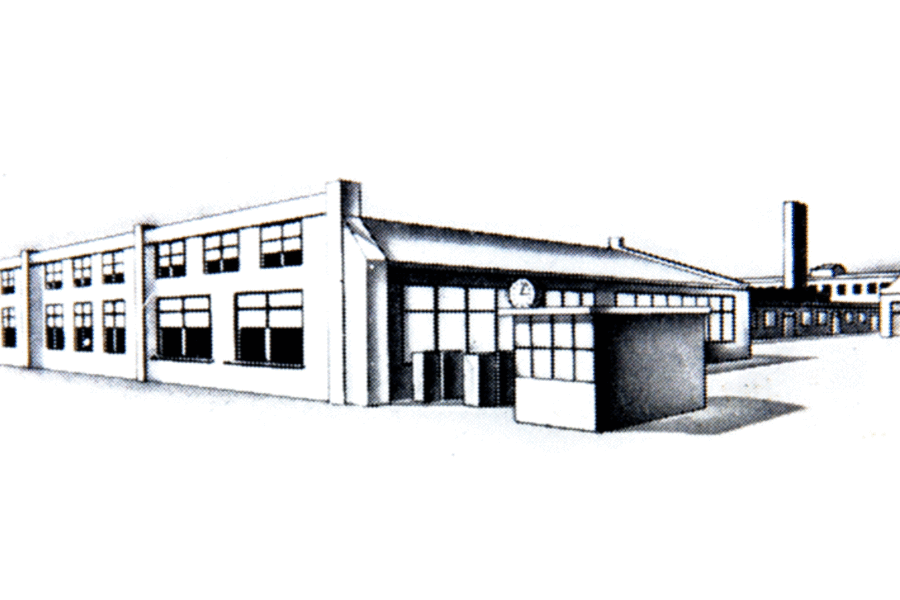Designers do not ‘make’, not in the literal sense. We rely on the manufacturing industry to materialize our conceptions. Although we do have certain knowledge of the manufacturing process, we are by no means connoisseurs in this domain with all its range of varieties. Thus, like an anxious parent handing the child over to a caregiver, the designer prefers to select this caregiver as one with a great sense of dedication and responsibility. However, in some situations, the manufacturing party can either be appointed by the commissioner or the commissioner assumes full responsibility of the production, such as with most publishing houses equipped with their own team of experts in this domain. There are nevertheless pros and cons to this. The advantage of an in-house production team from the commissioner makes the designers’ job easier; simply handing over the production information and doing a quality control check in the end, with one channel of communication and a clear hierarchy between the commissioner and the manufacturer.
On the other hand, if the designer were to bear full responsibility of the production with a by the commissioner appointed manufacturer, possible complications can arise. To start with, the dedication and the quality of the manufacturer can be uncertain, especially when commissioners base their selection of the appropriate manufacturer on the financial aspects only. Furthermore, the hierarchy and the channel of communication are less clear. The back and forth of this threesome often results in miscommunication and a lack of hierarchy in leadership, which generates complexity in how each performs his/her presence.
In most situations, the designers are responsible for selecting the manufacturing partner. What is notable of this particular designer-manufacturer relationship is—from the point of view of the manufacturers—the designers assume the role of the commissioners, representing them in their absence and bearing the responsibility for the production. Such a role-play can take place when trust is established between the designers and the commissioners.
Manufacturers are often the last in the chain of process; the role they play is crucial, yet their credit is more than often undermined. Perhaps for the reason or the assumption that manufacturers do not ‘create’ or ‘initiate’ but ‘execute’. However, a good manufacturer is one who aids the designer in the search for a solution to mass-produce the design; he/she provides not only the service but the creative use of knowledge as well. It is always a pleasure for our office to partner with a manufacturer who after seeing our design would remark, ‘But if we were to do it this way, then...’ Or ‘Have you thought of trying this...’ The design benefits from a manufacturer who, apart from execution, also questions and participates in the design process.


